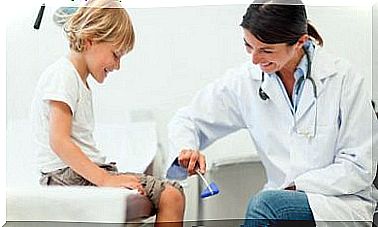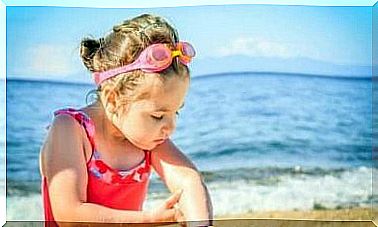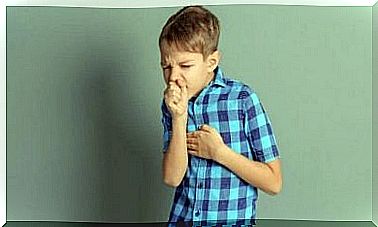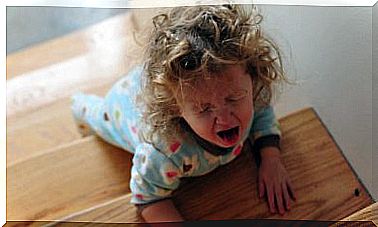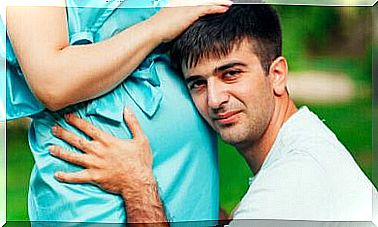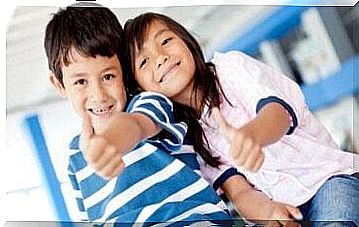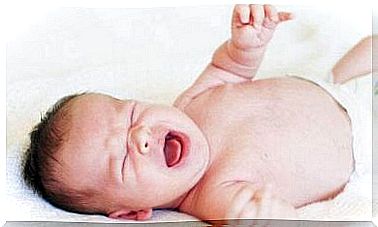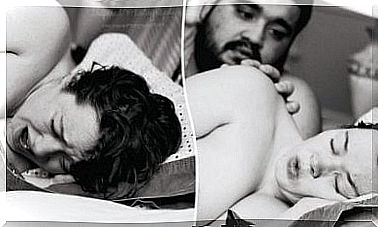Stages Of Crawling In Babies – Being Parents
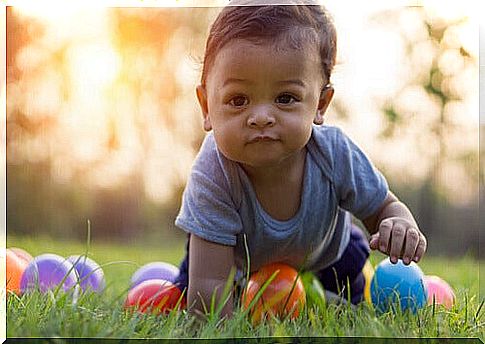
Baby’s development occurs in sequences, which means that one skill learned will help the other emerge. First, he starts with simple functions, and as he learns he begins to acquire more complex skills. For example, before starting to walk, the baby will go through the stages of crawling. This will help him move from place to place and prepare to start using his legs.
The parts of the nervous system act in a coordinated fashion. Each zone interacts with the others so that all of the baby’s skills evolve correctly. Development is linear, from top to bottom, as indicated by the law of cephalo-caudal development. That is, from head to toe. On the other hand, the law of proximal-distal development warns that everything starts from the center of the body outwards.
How do the stages of crawling begin?
The baby will begin the stages of crawling around the end of the first year, at around 9 months of age. However, it should be emphasized that each child follows their own development, and the stage of crawling does not occur in all children. Namely, some babies learn to walk directly, without crawling.
The development of movement is divided between coarse motor skills and fine motor skills. Coarse motor skills are responsible for controlling posture, locomotion, and coordination of the body. On the other hand, fine motor skills are linked to hand-eye coordination, graphomotive skills, etc.
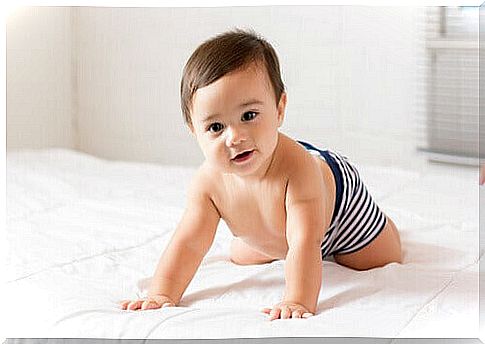
Once the child is able to keep his head straight and stand on his arms, he can learn to roll over. This will help him to start developing the following skills. The movements of the crawling and walking stages require rotational movements. These must also be independent between the shoulders and the hip and, moreover, be synchronized. The factors involved in the development of the crawling phase are:
- The balance.
- The coordination.
- The bodily dimension.
- The strength developed in the limbs.
Guidelines for producing crawling
Through the crawling stage, the baby can develop touch, sight, speech, manual labor, orientation, perception, balance and different types of movements. There are some guidelines to help your child crawl. If you notice that he is sitting up on his own and is ready to get into this position, you can start practicing them:
- When the baby begins to move with his hands, you can stay behind him and direct his legs to perform the synchronized movement with his hands and start to crawl. The most important thing is that the child wants to move and use any part of their body to start doing so.
- As the baby sits, it is important to help him lean on his hands forward. At this point, you should bend her knees and point her feet back, with a gentle push. This way he will be supported in a crawling position.
- Once your child is able to crawl, he will gradually learn from a sitting position and then on all fours. Then he will find he can rock back and forth on his own when in this position.
- After this process, he will begin to see that if he presses himself against the ground with his knees, he will gain some momentum, just enough to start crawling. Finally, he will begin to move from a sitting position to a crawling position. The ideal would be to perfect your technique and successfully crawl around 12 months.
The benefits of crawling in developing baby
The motor activity of the child is linked to the development of his intelligence. For example, in the case of writing, the child must correctly develop fine motor skills and have good tonic-postural regulation. Thus, crawling also provides important learning benefits, including:
- The cross motion pattern is the neurological function that makes bodily movement possible. It consists of moving the right arm and the foot to the opposite side and doing the same with the other arm and the other foot. When babies crawl, they tone their muscles. This will allow them to tone their spine at the same time and help them stand upright when they stand up.
- Crawling around will help the baby exercise and perfect his eyesight. He learns to focus both eyes at a distance of 30-40cm.
- The vestibular system is developed. The latter is responsible for regulating balance.
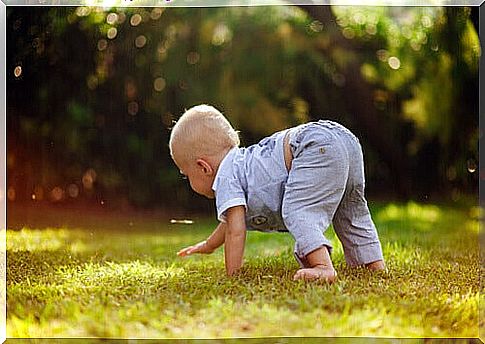
- The movement on all fours stimulates the tactility of the palms of the hand.
- During the stages of crawling, hand-eye coordination matures.
- It connects the cerebral hemispheres by creating information pathways for the maturation of cognitive functions.
- It helps establish brain lateralization around 5-6 years old.
- Children develop their communication skills as they explore and interact with their world.
Learning to crawl is very important for babies and generates many benefits in their learning. Try to stimulate movement on all fours with these tips. This will help your child learn as quickly as possible.
